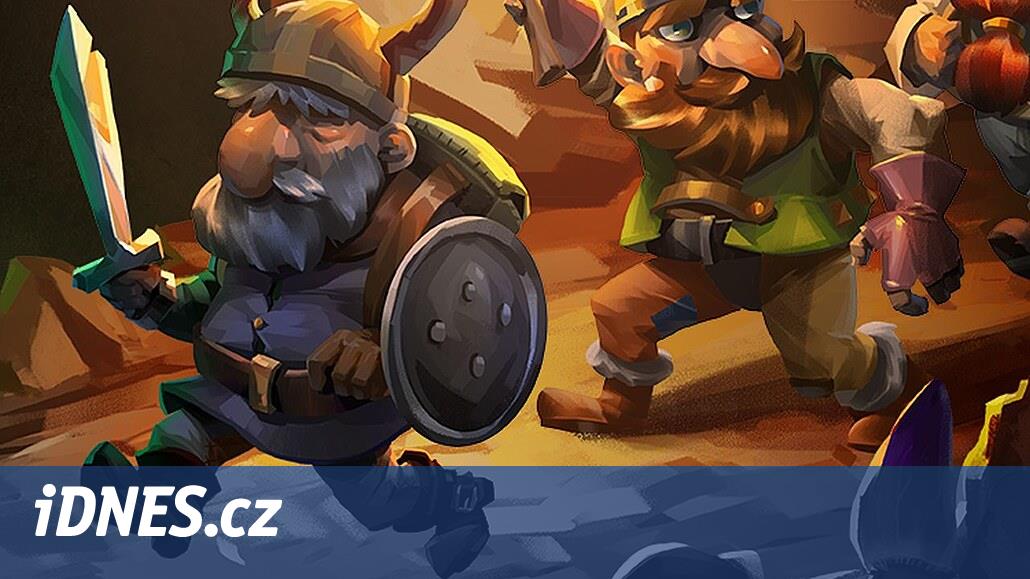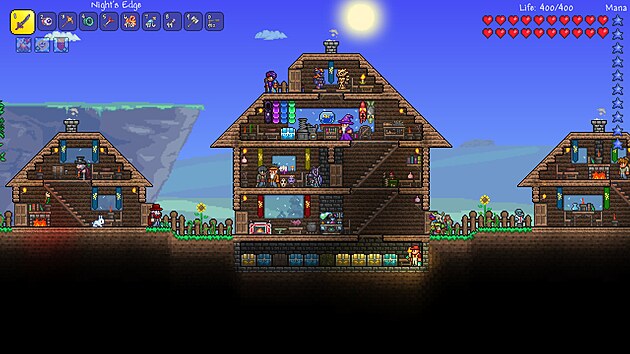You don’t often read about games like Dwarf Fortress in our magazine and from what I can see the Czech language media coverage is absolutely miserable. At the same time, it is one of the most fundamental games of the new millennium, which the authors, for example, are proud of Terraria or Prison Architectwithout which these millions of hits would never have been created.
He even mentions her as a major inspiration Marco Persson, the author of the still hugely popular Minecraft. If even that isn’t proof enough of its importance, then know that it’s also part of the exhibit at the Museum of Modern Art in New York.
The reason for our apparent ignorance is simple: Dwarf Fortress is such a complex, multilayered, and vast game that it would take a full-time person to adequately cover it. However, considering how bad its graphics are and how challenging it is for players, this is just a ridiculous idea.
In a nutshell (but really quite simply) it’s a dwarf colony simulator. Some of you may now raise your eyebrows in surprise and wonder in vain what could be so interesting about a common building strategy, of which so many are still being published today that we could hurl pitchforks at it. But don’t be fooled.
Brotherly duo Tarn and Zach Adams have elevated a concept that has been tried and tested for many years to a whole new level. They added elements of rogue games (simply put, you have one attempt for everything, and if you fail, it’s game over, see our article) and procedural generation (the game is different after each start). And to make it not too easy, they decided to simulate even the smallest details of dwarf life.
Each dwarf has to eat and drink (mainly alcohol – if he drinks only water, his dissatisfaction grows), has his own personality, desires, needs and character traits. And also an unusually detailed description of the current state of health.
The game takes into account every organ in the body, the state of each limb consists of the current value of bone, fat, muscle, nerve and skin. Dwarfs vomit, may go insane, commit suicide, or suffer from insomnia. The only thing the game doesn’t simulate at the moment is problems with excretion – dwarfs don’t suffer from constipation or diarrhea. Yet.
Released a few days ago, version 1.0 officially ends years in Early Access status and brings a number of new features that players have been clamoring for for some time. At the same time, it noticeably improves the graphics, which are still reminiscent of the nineties of the last century, but at least (at times) are able to immediately show what you are actually looking at. In other words, stone looks like stone and wood looks like wood, not just plain ASCII symbols.
Despite the fact that the developers have finally ported the game to version 1.0, and therefore information about Early Access is no longer posted on their Steam page, they plan to continue improving the game. Maybe not, it’s their life’s work. If even in 2006 their income could barely cover the costs of running the server, today even at the price of thirty dollars each (about seven hundred crowns) they are among the best-selling games on Steam. At one point, the game even topped the leaderboard! And at the same time it maintains a famous 97 percent positive review rating.



